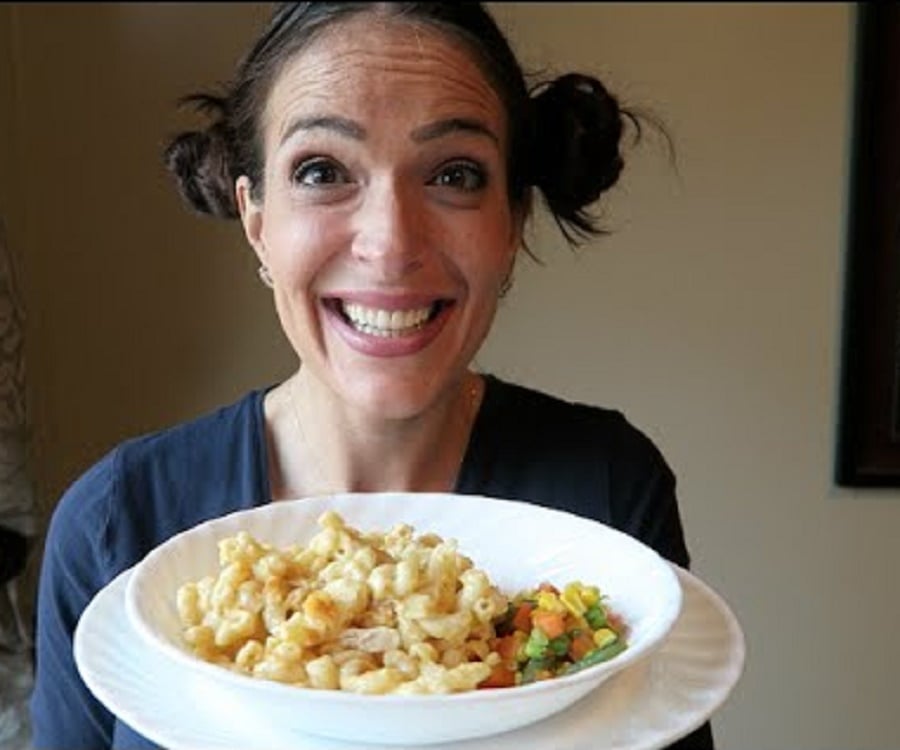Momma Bee: The Heart And Soul Of The Beehive
When we talk about momma bee, we’re diving into the heart of the bee world where life begins and thrives. Imagine this: a bustling hive, filled with thousands of buzzing bees, all working in harmony. But who’s the queen bee behind this incredible operation? It’s the momma bee, the driving force that keeps the colony alive and thriving. She’s not just any bee; she’s the queen, the matriarch, and the lifeblood of the hive.
Now, you might be thinking, “What’s so special about a momma bee?” Well, let me tell you, she’s more than just a bee laying eggs. She’s the architect of the entire colony, the one who ensures the survival of her offspring and the hive as a whole. Without her, the entire ecosystem could collapse. Sounds dramatic, right? But it’s the truth, folks.
So, buckle up because we’re about to dive deep into the world of momma bees. We’ll explore their roles, responsibilities, and the fascinating science behind their lives. Whether you’re a bee enthusiast or just someone curious about nature, this article’s got you covered. Let’s buzz into it!
Read also:Cash Baker 2024 The Ultimate Guide To Mastering The Future Of Financial Growth
Who Is the Momma Bee?
Let’s break it down. The momma bee, also known as the queen bee, is the central figure in a beehive. She’s the one and only female bee capable of reproducing, and her sole purpose is to lay eggs. But don’t get it twisted—she’s not just sitting around all day. Her role is crucial to the survival of the colony, and she works tirelessly to ensure its success.
Key Characteristics of the Momma Bee
Here’s what makes the momma bee so extraordinary:
- She’s larger than the worker bees, with a longer abdomen.
- Her lifespan can range from 2 to 5 years, which is way longer than the average worker bee.
- She can lay up to 2,000 eggs per day during peak season.
- She’s fed a special diet of royal jelly, which is what makes her grow into a queen.
Now, here’s the kicker—she doesn’t just pop out eggs willy-nilly. Every egg she lays is carefully placed in a cell, and the worker bees take care of the rest. It’s like a well-oiled machine, and she’s the conductor of the orchestra.
Life Cycle of the Momma Bee
Ever wondered how a momma bee becomes the queen? It’s not as simple as putting on a crown. Here’s the lowdown:
From Egg to Queen
It all starts with an egg. A queen bee is born when a worker bee is fed royal jelly exclusively during its larval stage. This special diet triggers a series of genetic changes that transform her into a queen. Once she emerges from her cell, she’ll eliminate any potential rivals by killing them. Brutal, but necessary.
After that, she’ll go on her mating flight, where she’ll mate with multiple drones (male bees) to collect enough sperm to last her lifetime. Talk about efficiency, right?
Read also:Bricks And Minifigs Burbank The Ultimate Playground For Lego Enthusiasts
The Role of the Momma Bee in the Hive
So, what exactly does the momma bee do all day? Well, her job is pretty straightforward—she lays eggs. But there’s more to it than that. Her pheromones play a crucial role in maintaining the harmony of the hive. They signal to the worker bees that she’s alive and well, which keeps them motivated and working hard.
How Pheromones Work
Pheromones are like the momma bee’s secret weapon. They regulate everything from foraging behavior to hive maintenance. Without her pheromones, the colony would fall into chaos. It’s like the momma bee is the queen of communication, keeping everyone in check.
The Importance of Momma Bees in Ecosystems
Here’s the deal: momma bees aren’t just important to their hives—they’re vital to the entire ecosystem. Bees are responsible for pollinating plants, which is essential for food production. Without them, we’d be in serious trouble.
Pollination Power
Did you know that bees pollinate about one-third of the food we eat? That includes fruits, vegetables, and nuts. The momma bee plays a critical role in this process by producing worker bees who go out and collect nectar and pollen. It’s a beautiful cycle of life that benefits both the bees and us humans.
Challenges Faced by Momma Bees
Unfortunately, momma bees aren’t immune to challenges. They face threats from habitat loss, pesticides, and diseases. These factors can weaken the hive and make it difficult for the momma bee to thrive.
Varroa Mites: The Enemy Within
One of the biggest threats to momma bees is the varroa mite. These tiny parasites attach themselves to bees and weaken them by spreading diseases. It’s a serious problem that beekeepers are working hard to combat.
How You Can Help Protect Momma Bees
Now that you know how important momma bees are, you might be wondering how you can help. Here are a few things you can do:
- Plant bee-friendly flowers in your garden.
- Avoid using pesticides in your yard.
- Support local beekeepers by buying their honey and products.
- Spread awareness about the importance of bees and their role in the ecosystem.
Every little bit helps, and by doing your part, you’re contributing to the survival of these incredible creatures.
Fun Facts About Momma Bees
Let’s end on a fun note with some interesting facts about momma bees:
- A momma bee can lay up to 250,000 eggs in her lifetime.
- She’s the only bee in the hive capable of reproducing.
- Her wings beat up to 200 times per second.
- She’ll fly up to 50 miles per hour during her mating flight.
Isn’t that wild? Momma bees are truly remarkable creatures with incredible abilities.
Conclusion
So there you have it—the momma bee in all her glory. From her role in the hive to her importance in the ecosystem, she’s a force to be reckoned with. Without her, the world would be a very different place. So, the next time you see a bee buzzing around, take a moment to appreciate the hard work and dedication of the momma bee behind it all.
Now, here’s your call to action: share this article with your friends and family. Spread the word about the importance of momma bees and what we can do to protect them. Together, we can make a difference. And who knows? You might just inspire someone to become a beekeeper themselves.
Table of Contents
- Who Is the Momma Bee?
- Life Cycle of the Momma Bee
- The Role of the Momma Bee in the Hive
- The Importance of Momma Bees in Ecosystems
- Challenges Faced by Momma Bees
- How You Can Help Protect Momma Bees
- Fun Facts About Momma Bees
- Conclusion


